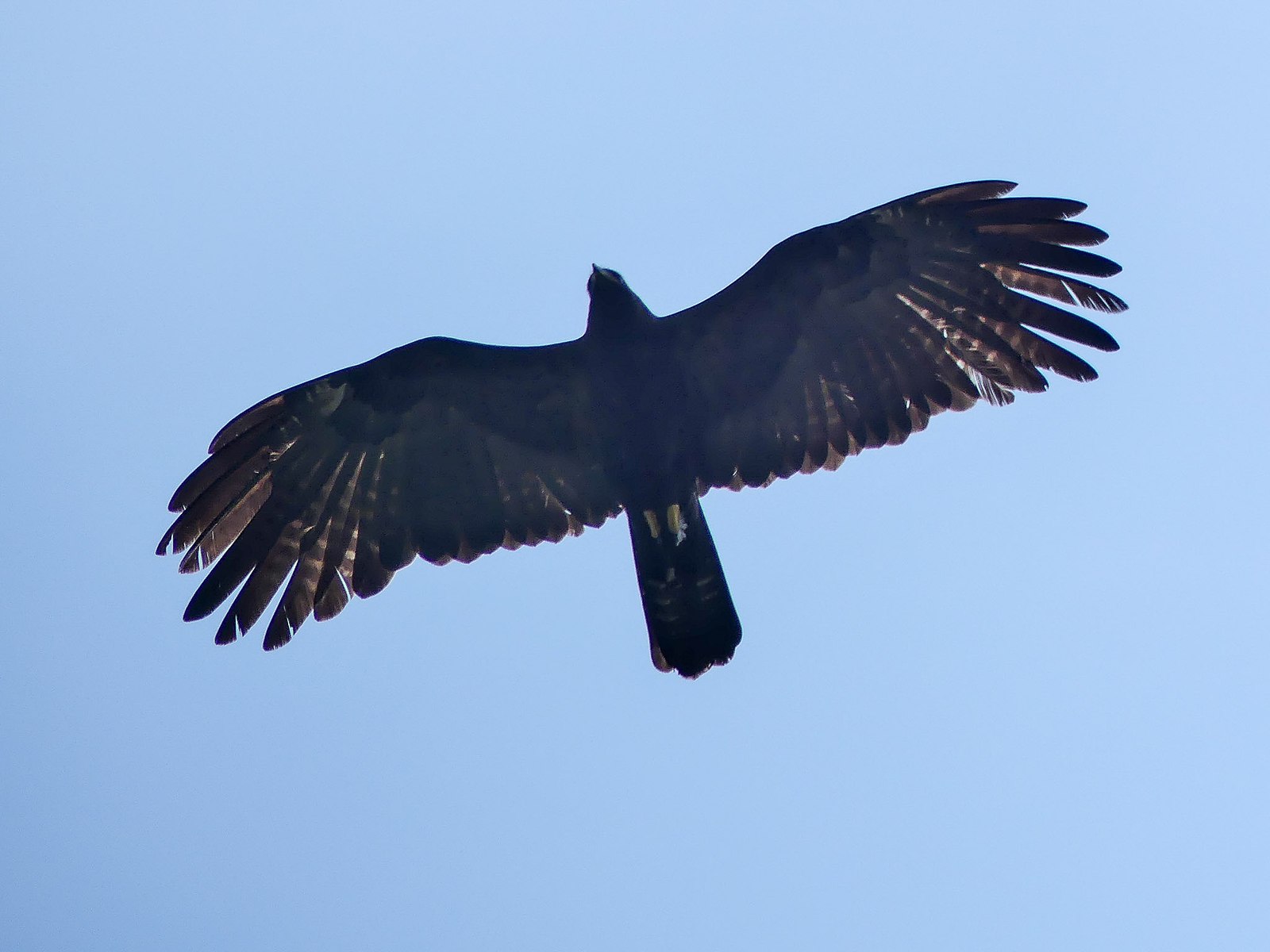Black eagles, also known as crowned eagles, are powerful birds of prey known for their ability to take down large mammals, including primates. While attacks on humans are rare, there have been documented cases of black eagles attacking children.
Comparing the Physical Characteristics of Black Eagles and Humans
Black eagles have a wingspan of up to 7.5 feet and can weigh up to 15 pounds. They have a distinctive black plumage with a white belly and chest, as well as a distinctive “crown” of feathers on their head. In contrast, the average human height is around 5.5 feet, and the average weight is around 150 pounds.
One of the most significant differences between black eagles and humans is their visual acuity. Black eagles have exceptional eyesight, with a visual acuity that is up to eight times greater than that of humans. Their eyes are roughly the same size as human eyes, but their retinas have a much higher concentration of rod and cone cells, which are responsible for vision. In fact, the central fovea of a black eagle’s retina has about one million cones per millimeter, compared to just 200,000 cones per millimeter in humans.
Hunting Abilities and Prey Preferences
 Image source: Black Eagle by Mike Prince
Image source: Black Eagle by Mike Prince
Black eagles are powerful predators, capable of taking down large mammals, including primates and small antelope. Their hunting abilities are impressive, with their sharp talons and powerful beaks allowing them to capture and kill their prey with ease.
In contrast, humans are not typically considered predators, and our hunting abilities are generally limited to using tools and weapons. While some humans may engage in hunting for sport or subsistence, it is not a primary means of obtaining food for the majority of the population.
Documented Attacks on Humans
While attacks on humans by black eagles are rare, there have been a few documented cases. One such incident occurred in Zimbabwe, where a seven-year-old boy was attacked by an immature black eagle and sustained injuries to his head, arms, and chest. The eagle did not survive the encounter, but the boy was treated at a nearby mission hospital and recovered from his injuries.
It is important to note that these attacks are highly unusual, and black eagles are not typically a threat to adult humans. Their strength and hunting abilities make them capable of taking down animals much larger than themselves, but they generally do not view humans as prey.
Conservation Efforts and Threats
Despite their power and hunting abilities, black eagles are facing numerous threats in the wild, including habitat loss, persecution, and collisions with power lines. As a result, they are listed as vulnerable on the IUCN Red List, with a population that is estimated to be declining.
Conservation efforts are underway to protect black eagles and their habitats. These efforts include habitat preservation, reducing human-wildlife conflict, and educating the public about the importance of these birds of prey.
Conclusion
In conclusion, while black eagles and humans share some physical characteristics, such as having eyes, they are vastly different in terms of their size, strength, and hunting abilities. Black eagles are powerful predators capable of taking down large mammals, but attacks on humans are rare. Conservation efforts are crucial to protect these magnificent birds and ensure their continued survival in the wild.
References:
– This Eagle Would Eat Your Toddler If It Had The Chance – Literary Hub, https://lithub.com/this-eagle-would-eat-your-toddler-if-it-had-the-chance/
– Birds of Prey of Southern Africa: their identification and life histories, https://www.amazon.com/Birds-Prey-Southern-Africa-histories/dp/0620045048
– Vision – Bald Eagle – Journey North, https://journeynorth.org/tm/eagle/VisionA.html

